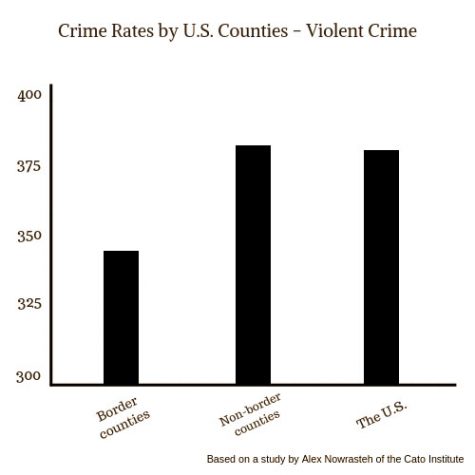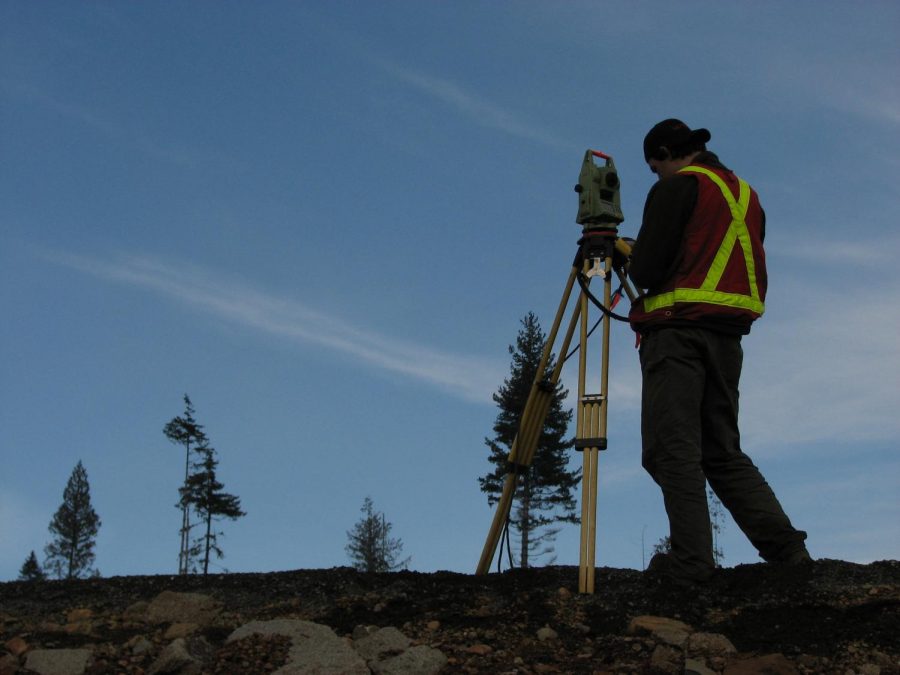Federal government begins preliminary work on border wall construction
The initial stages of border wall construction, land surveys and preparation, have begun in South Texas
U.S. Customs and Border Patrol began surveying land to prepare for construction on a levee fence in the South Texas city of Mission, Texas On Monday, Feb. 4.
The National Butterfly Center in Mission, Texas took to social media to condemn the construction. Since then, the issue has gained national recognition. According to The New York Times, government officials have disregarded 28 environmental laws to begin construction in the South Texas region.
The National Butterfly Center says that building a wall would disrupt the natural migration of wildlife in the area, lead to increased flooding on both sides of the wall and a loss of land for those living in the area.
Construction of a much larger border wall separating the U.S. and Mexico was one of the promises that Trump pushed during his 2016 campaign. Since then, disagreement over the wall has become one of the most controversial issues of the Trump Administration.
Border cities in Texas with physical barriers separating the U.S. and Mexico include El Paso, Brownsville and Hidalgo County.
Sophomore Business Administration major Arantxa Fuentes grew up in El Paso, Texas and Ciudad Juarez, El Paso’s neighboring city in Mexico. In 2010, she and her family had to relocate to El Paso due to increased violence in Juarez.
Fuentes said she thinks another border wall is “unnecessary and a waste of money.”
“When I go back to El Paso, I try to post on social media to show people that there’s already a wall. I don’t think there’s a need for more,” Fuentes said.
At the 2019 State of the Union Address earlier last week, President Trump claimed that El Paso was one of the most dangerous U.S. cities until the 2006 construction of the border wall caused crime rates to decrease. These claims have since been proven to be false.
A Hidalgo, Texas native, junior Political Science major Leslie Rios says that border cities are often looked down upon because of their association with violence and crime.
“The language towards border cities is very negative. When you tell people you’re from the border, they immediately ask, ‘Isn’t it very dangerous to live there?’ Which, in reality, it isn’t. It’s just home,” Rios said.

Rios’ home in Hidalgo is only a ten-minute drive from the border bridge. For Rios, and for many people who live in border cities, crossing over to Mexico is a way of life.
“We get our medical needs in Mexico because it’s cheaper, and we don’t have access to it in the United States,” says Rios.
Apart from this, Rios and her family also go to Mexico to visit her mother’s hometown.
“Everytime we cross the border, my family and I always visit the taqueria my mom went to every day after school. By now, we’ve built relationships with the employees. Mexico is looked down upon, but when you cross over, you just see people trying to make a living, which I think is eye-opening and inspiring.”








Maria Rivera • Feb 21, 2019 at 5:35 pm
Great work! Excellent reporting of facts. As a border town citizen I can absolutely confirm that a wall will only hurt our residents, wildlife, our very way of life. We have a dam and I can’t help but wonder how we would have access to fishing? Our town relies heavily on the business from fishermen that come every weekend and for fishing tournaments. This wall will most likely end up crippling our tackle shops at the very least.